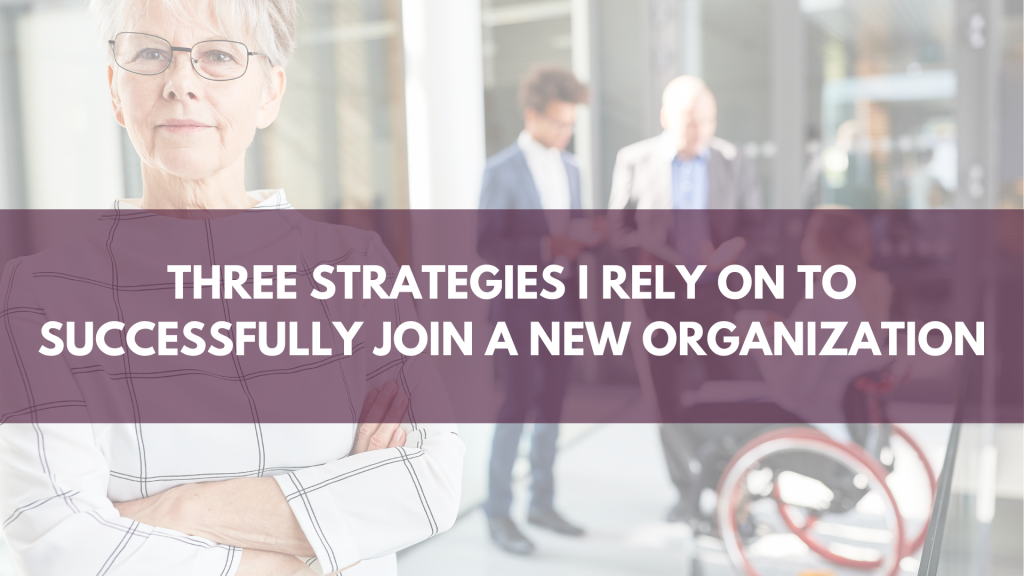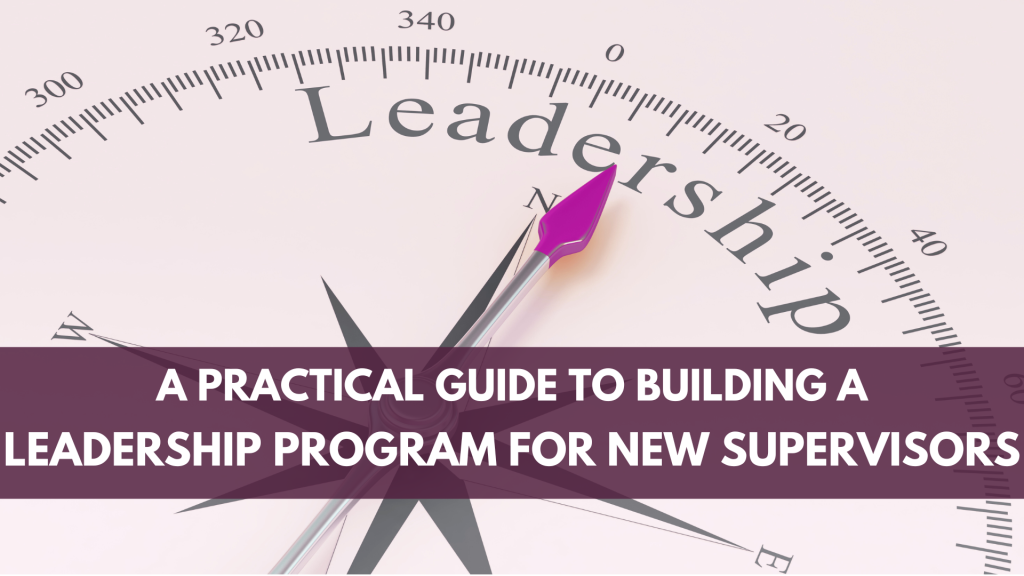Conversations That Matter
Explore insights, ideas, and reflections on growth, learning, and meaningful change. Eugenia shares perspectives on talent development, leadership, creativity, learning, and workplace technology, drawing from years of experience in personal and professional development. Whether you’re seeking practical strategies or fresh perspectives, you’ll find thoughtful content designed to inform and inspire. Access the full articles via the links below, or read the summaries by scrolling through this page.
Scroll this page, browse categories below, or click the PLUS icon on the right to browse all article titles.

The Subtle Face of Workplace Bullying
Workplace bullying is not always obvious. It can appear through raised voices, gossip, exclusion, or shifting expectations that leave employees feeling diminished. These behaviors harm individuals, weaken trust, reduce morale, and create cultural and legal risks for organizations. Recognizing the signs, documenting incidents, setting respectful boundaries, and seeking support are essential steps employees can take to protect their well-being and foster healthier workplaces.

Three Strategies I Rely On to Successfully Join a New Organization
Starting a new role is not about proving your worth as fast as possible. It is about observing, building relationships, and aligning with what truly matters. My approach centers on three key strategies: taking the time to listen and educate others on your communication style, investing in getting to know people and their work, and continually clarifying expectations while focusing on early wins. Most importantly, aim for authenticity rather than perfection and remember to care for yourself during the transition.

Make Onboarding Count: Engage New Hires from Day One
Onboarding is more than a checklist. It is a critical part of setting new hires up for success, especially during the preemployment phase. Even in an employer-driven market, how organizations welcome and support new employees from the start shapes engagement, retention, and long-term performance. Drawing from experience designing onboarding programs and corporate universities, the author shares three essential elements every organization should include to help new hires feel confident, connected, and aligned from day one.

Invisible Challenges, Visible Results: Empowering Neurodiverse Professionals
Gallup’s article highlights the often overlooked value of neurodiversity in the workplace. Many professionals with different cognitive styles face challenges not because of their abilities but due to environments that are not built to support varied ways of thinking and working.
The article explains that when people are supported and encouraged to use their strengths, they thrive and contribute in meaningful ways. Inclusive practices such as clear communication, flexible work options, and strengths-based development create better experiences for everyone. Building an inclusive workplace begins with awareness and grows through intentional actions that make space for all kinds of minds to succeed.

AI in L&D: What Strategic Talent Leaders Need to Know Now
AI is already transforming how we approach learning and development, making it more personalized, efficient, and strategically aligned. For talent leaders, the imperative is no longer whether to use AI but how to do so thoughtfully and ethically. Success depends on human-centered design, a willingness to model continuous learning, and a strong focus on equity and data ethics. By starting with a single tool, such as exploring prompt engineering, leaders can build confidence while staying grounded in purpose. The true value of AI lies not in automation alone but in the strategic decisions that shape how it is applied to create inclusive, agile, and meaningful development experiences.

Translating Technical Jargon: Bridging the Communication Gap in Learning Technology
Learning and talent development leaders play a pivotal role in making learning technologies clear, relevant, and valuable to a wide range of stakeholders. With over two decades of experience across industries, the author highlights how success depends not only on the tools themselves but on the ability to communicate their purpose in ways that resonate with both technical and non-technical partners.
The approach centers on listening first, focusing on business outcomes, using stories and visuals to bring solutions to life, and building alignment across functions. By meeting people where they are and preserving the message’s intent, the learning leader ensures strong engagement, smoother adoption, and a measurable impact. While tools will continue to evolve, the ability to lead through communication, empathy, and collaboration remains essential for creating sustainable results.

Strengths First: A Smarter Way to Grow Your Career
Strengths coaching supports professional growth at every stage of your career by focusing on what you naturally do best. It helps early career professionals build direction and confidence, mid-career individuals reconnect with purpose, and senior leaders lead with clarity and impact. During transitions, it provides stability and insight. Rather than trying to fix weaknesses, strengths coaching empowers you to use your talents more effectively and intentionally. It is a practical and energizing way to create a career that feels aligned and fulfilling.

Metrics for Learning & Talent Development: Measuring Impact and Leveraging AI
Explore how Kirkpatrick’s Four-Level Model and AI-driven analytics enhance L&D measurement by evaluating learner engagement, knowledge retention, behavioral changes, and business impact. AI simplifies tracking and reporting, providing real-time insights and predictive analytics, though accuracy depends on HRIS data integrity. Aligning L&D with business strategy requires cross-functional collaboration, ensuring learning initiatives support workforce development, improve performance, and drive organizational success.

LMS vs. LXP: The Evolution of Learning Platforms and the Role of AI
The future of workplace learning lies in creating AI-enhanced, learner-centered environments that support both business objectives and employee growth. The learning technology landscape is evolving as Learning Management Systems (LMS) incorporate Learning Experience Platform (LXP) functionality to meet the growing demand for personalized, engaging, and AI-driven learning. While LMSs focus on structured, compliance-driven training, LXPs prioritize self-directed learning, content curation, and social engagement. Artificial intelligence has played a significant role in this shift by enabling personalized learning paths, automated skill development, and enhanced content discovery. Organizations increasingly adopt platforms that blend both approaches to balance compliance tracking with a more dynamic and engaging learning experience.

Leveraging AI in Learning and Talent Development: A Strategic Approach
AI is transforming learning and talent development by optimizing logistics, enhancing program design, accelerating course creation, and personalizing course delivery. AI-powered tools streamline scheduling, automate content development, and provide adaptive learning experiences. Additionally, AI enables intelligent tracking of learner progress and offers data-driven insights into training effectiveness, ROI, and business impact. By leveraging AI across these areas, organizations can improve efficiency, engagement, and long-term talent growth.

A Practical Guide to Building a Leadership Program for New Supervisors
A well-designed leadership program prepares new supervisors to lead with confidence and clarity. This guide presents a structured approach that begins with strong planning, defined objectives, and alignment with organizational competencies. It emphasizes the use of blended learning methods that include self-paced modules, instructor-led workshops, coaching, peer collaboration, and experiential activities. Core topics focus on communication, delegation, inclusion, performance management, and compliance. Piloting the program with specific employee groups allows for customization and refinement. A phased implementation plan supports continuous improvement and long-term success. With the right resources and support, organizations can build a leadership pipeline that strengthens team performance and fosters a positive workplace culture.

Feedback, Rejection, and the Espresso Machine: Why We Need Reasons
We often forget to provide the reason behind our actions at work, and that absence can create confusion, frustration, and disconnection. People are not just looking for direction. They are looking for understanding. Without a simple explanation, even well-intended messages can feel abrupt, impersonal, or unclear. Using three familiar situations, this article explores how easily miscommunication can occur when context is missing. It demonstrates how a brief sentence that explains why something is happening can completely shift the tone.

Embracing & Promoting Intergenerational Inclusivity at Work
A multigenerational workforce enhances innovation, collaboration, and team strength. Organizations can foster inclusivity by encouraging open communication, leveraging diverse skills, offering flexible work options, providing tailored learning opportunities, celebrating different perspectives, and promoting cross-generational mentoring. Prioritizing these strategies creates a workplace where all employees feel valued and empowered.

Where Learning Meets Intelligence: Designing an AI-Enhanced Talent Development Strategy
AI is reshaping how we design, deliver, and scale learning. But integrating AI into your talent development strategy requires more than technology. It takes vision, intention, and the right foundation. This article outlines six essential steps to help learning leaders build an AI-ready ecosystem that is flexible, ethical, and aligned with business goals.
From conducting a technology audit to prioritizing high value use cases, you will find key questions to guide your planning and practical insights to move forward with confidence. With every decision, the goal remains the same: to create a learning environment that is both smarter and more human.

Seven Tips to Branding Your Employee Development Programs
Branding employee development programs is essential for building engagement, trust, and cultural alignment. Seven practical strategies can help elevate programs, including aligning with company identity, creating a memorable name and visual identity, involving leaders, telling a compelling story, and making learning accessible. With over two decades of experience designing corporate universities, the author emphasizes that when development is intentionally designed and well-branded, it becomes an integral part of the company’s culture, not just a separate initiative.

The Power of Kindness in Challenging Times
Uncertainty, stress, and pressure are ever present, but so is our ability to create meaningful connections through kindness. In the face of challenges, small acts such as a sincere check-in, a moment of patience, or giving without expectation can make a profound difference. These seemingly simple gestures have the power to uplift someone’s day, foster trust, and strengthen teams, relationships, and communities in ways that endure far beyond the moment.
People may forget the details of a difficult time, but they will always remember how they were treated. A kind word, a thoughtful action, or simply showing up with empathy can provide the encouragement someone needs to keep going.
Read more about the lasting impact of kindness and the ways you can make a difference. Who will you lift up today?

The Untapped Power of Crystallized Intelligence in a Rapid-Fire, AI-Centric World
In today’s rapidly changing AI-driven workplace, organizations often prioritize speed, technical skills, and automation. However, in the rush to innovate, they risk overlooking crystallized intelligence, the accumulated knowledge, judgment, and expertise developed over a lifetime. This article explores how valuing crystallized intelligence alongside emerging technologies strengthens organizations. It emphasizes the importance of cross-generational collaboration, knowledge sharing, and broader appreciation for diverse forms of human intelligence as essential to building agile, wise, resilient, and future-ready teams. True diversity, including age diversity and experience diversity, is not a luxury but a critical business advantage in an AI-centric world.

Hidden Strengths: How Everyday Wins Reveal Transferable Skills
Sometimes the most unexpected tasks reveal just how capable we really are. What started as a late-night window screen repair became a reminder that transferable skills are everywhere, even in places we do not think to look. From crafting to problem solving, the abilities we develop in one area often support us in another. With every challenge you take on, you are not just finishing a task. You are reinforcing your ability to learn, to adapt, and to grow. You are building trust in yourself, one success at a time.

The Hidden Cost of Ageism: How It Affects Innovation and Market Growth
Are you aware of the hidden costs of ageism in the workplace? Age discrimination does not just affect employees. It has measurable financial consequences for businesses. From lost innovation to missed market opportunities, the impact is significant. Learn how age diversity can fuel growth, foster innovation, and improve your competitive edge.

Do You Really Know If Your Co-Worker Is Neurodiverse?
Are you overlooking talent? When you think of neurodiversity, what comes to mind? Many neurodiverse employees go unnoticed, masking their traits to fit in, often at the cost of stress and burnout.
By fostering awareness, offering flexibility, and creating a culture of psychological safety, you can support and unlock exceptional talent. You may have neurodiverse coworkers on your team without realizing it. Are you building an environment where they can thrive?

Embracing Change: Building Resilience in Uncertain Times
Change is inevitable, yet it often disrupts stability and triggers stress. Managing it effectively requires resilience, self-awareness, and intentional action. Prioritizing well-being, focusing on what can be controlled, and seeking constructive support help maintain balance. Setting boundaries around workplace discussions, engaging in meaningful activities, and maintaining routines provide stability. Offering support to others fosters positivity, while professional help can be beneficial when needed. Finding meaning in change, as explored by Viktor Frankl, and embracing vulnerability, as Brené Brown suggests, can transform uncertainty into growth. With the right mindset, change becomes an opportunity rather than a setback.

The Lingering Quiet: The Hidden Loss of Conversation
Even after five years, many people are still relearning how to connect in ways that once felt natural. The pandemic altered more than routines. It reshaped how we relate, how we listen, and how we show up for one another. This reflection offers gentle guidance for those who feel the lingering effects of that silence, with simple ways to reengage through presence, empathy, and kindness. It is a reminder that connection is not lost. It is simply waiting to be renewed.

You Must Be Present to Win
Staying present in difficult conversations is essential for building strong relationships and fostering understanding. Avoiding conflict may feel easier in the moment, but it often leads to greater distance and unresolved issues. A conversation with my son highlighted the importance of engagement as we discussed how people tend to shut down instead of working through challenges.
To navigate challenging discussions effectively, focus on three key strategies: actively listen to understand, manage emotions before reacting, and seek common ground rather than proving a point. Relationships thrive when both parties feel heard and valued. Growth comes from staying engaged, even when conversations are uncomfortable. Instead of withdrawing, commit to open dialogue—because in life, as in relationships, presence is the key to connection and resolution.

Three Things I Learned Through My Volunteer Work
Volunteering at a local career center became a transformative experience, providing stability, purpose, and connection. Engaging with the community during challenging times offered a sense of grounding, while focusing on helping others created a renewed sense of control and purpose. Most unexpectedly, giving back proved deeply rewarding, offering fulfillment, gratitude, and human connection. Volunteering is more than just giving time. It fosters meaningful connections and creates a lasting impact on both others and oneself.

Reclaiming Balance by Prioritizing Self-Care in a Demanding World
True resilience comes from prioritizing self care. Personal challenges taught me that constantly pushing forward leads to exhaustion. A turning point came with Wayne Dyer’s reminder: “Do not die with your music still inside you,” prompting me to rethink what truly matters.
To restore balance, shift your inner dialogue, give yourself grace, extend kindness, nurture relationships, prioritize well being, create moments of joy, and release what you cannot control. Life will always demand more, but we have the power to choose how we care for ourselves and show up in the world.

Rewriting the Narrative: Rethinking Age and Tech Proficiency Assumptions
Age-based assumptions about technology and wisdom create unnecessary barriers in the workplace. The belief that older professionals struggle with technology is as flawed as assuming younger employees lack wisdom due to their age. In reality, we have seen the opposite in many cases. These stereotypes limit opportunities and undervalue contributions across generations. By recognizing competence over assumptions, fostering cross-generational collaboration, and shifting workplace culture to value all contributions, organizations can build stronger, more inclusive teams. It is time to challenge outdated thinking and recognize the strengths that each generation brings.

Redefining Experience: Challenging Ageism Against Older Professionals
Ageism in the workplace dismisses the knowledge and contributions of seasoned professionals. Many work well into their 60s, 70s, and beyond, yet biases persist. For example, my parents, an architect and a surgeon, worked into their 80s because they loved their professions.
Older professionals bring experience, problem-solving skills, and adaptability. Challenging stereotypes, fostering inclusion, and investing in lifelong learning create workplaces where talent is valued at every stage. Aging is inevitable. Respect and opportunity should be, too.

Building a Change-Ready Mindset at Work
Change is inevitable, but workplace transitions often feel challenging. Our instinctive stress response can make uncertainty seem overwhelming. Managing stress, shifting perspective, setting limits on worry, engaging in fulfilling activities, journaling, and remembering past resilience can help. By approaching change with mindfulness and intention, we can adapt, grow, and move forward with confidence.

Moving On and Beyond the Toxic People and Circumstances in Your Life
Life presents challenges that test resilience, shake beliefs, and reveal the true nature of relationships. Navigating these difficulties requires evaluating whether staying in toxic environments is worth the emotional and physical toll. Embracing forgiveness, not as a way to forget but as a means to reclaim power, allows for personal growth and transformation. Learning from past experiences prevents repeating harmful patterns, while stepping away from negativity helps reconnect with one’s true self. Choosing kindness, both for oneself and others, fosters a meaningful and fulfilling life. The power to move forward and thrive lies in conscious, intentional choices.

A Fire Outside, A Shift Within: How a Close Call with Nature Changed My Perspective
When a wildfire came dangerously close to her home, Eugenia was forced to confront what truly mattered. In the rush to prepare for possible evacuation, she quickly realized that while sentimental items held deep value, the safety of her loved ones and the memories carried in her heart mattered most. Through this brief yet intense experience, she was reminded that we often carry more than we need, and letting go can open the door to clarity, gratitude, and personal growth.
